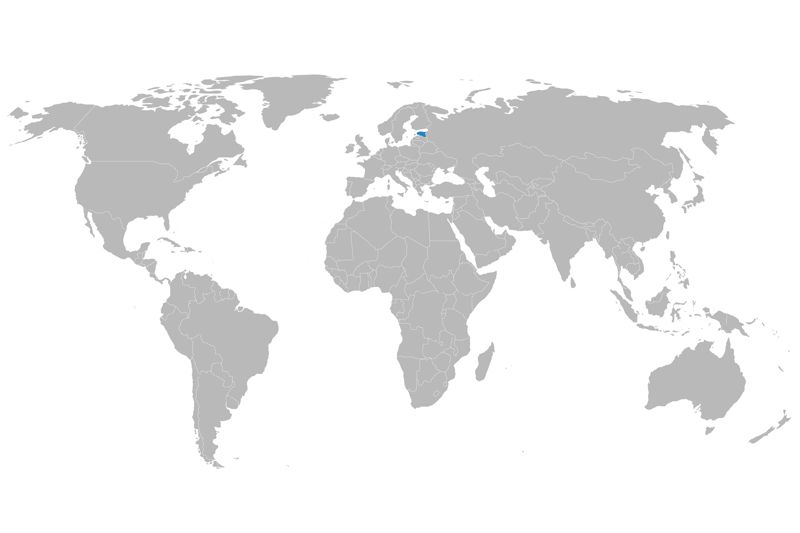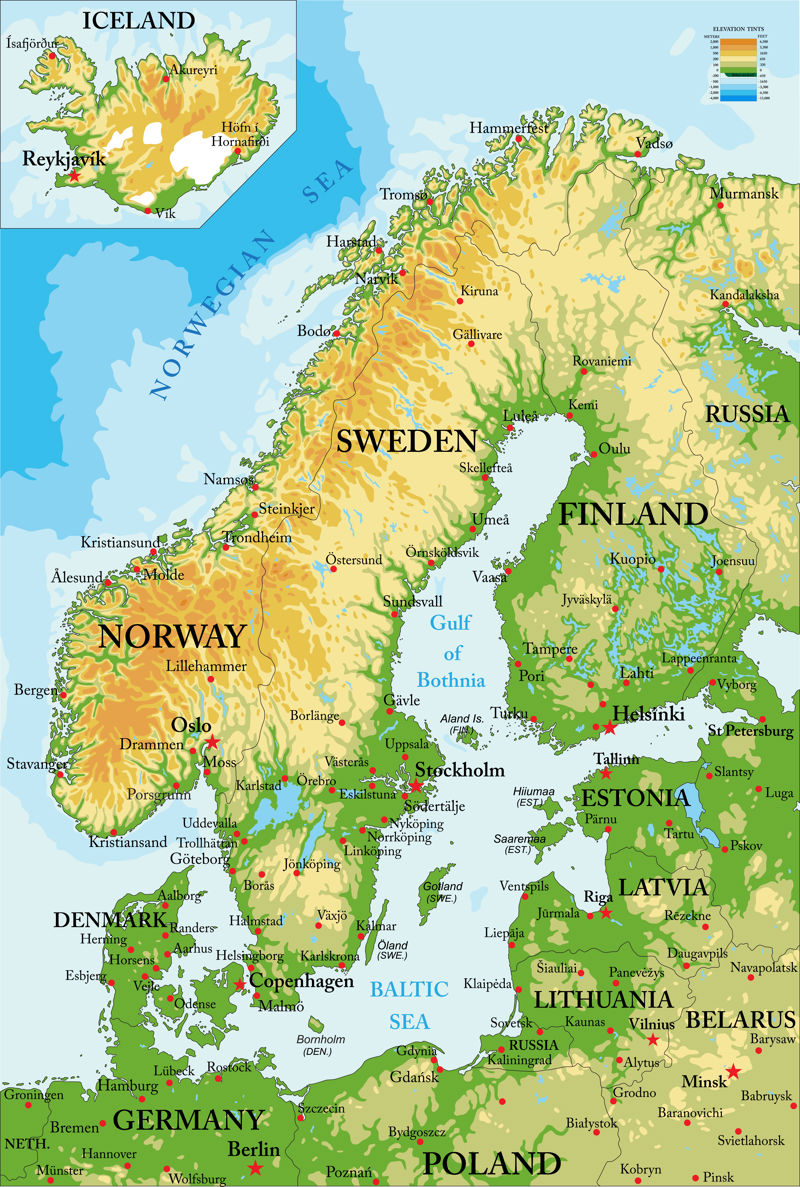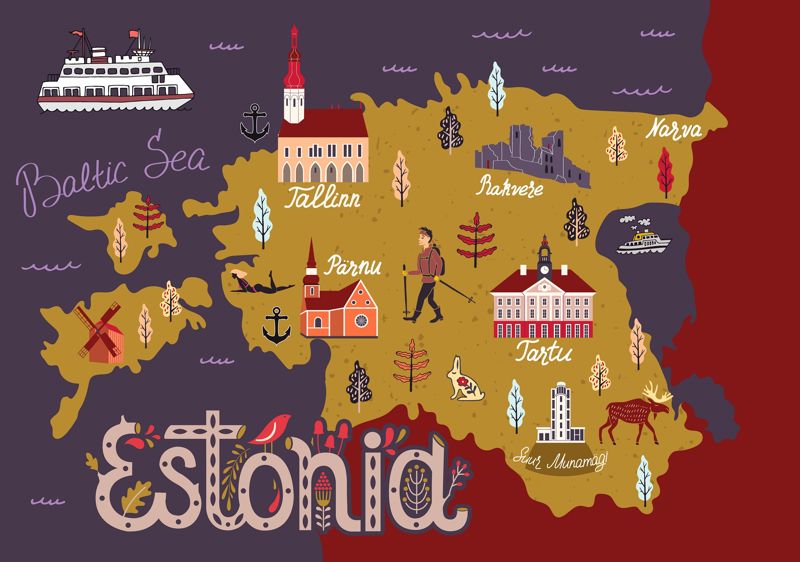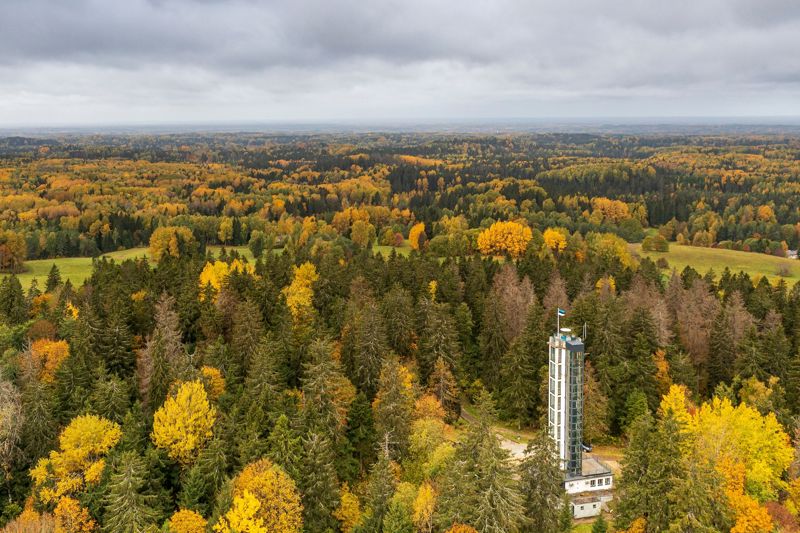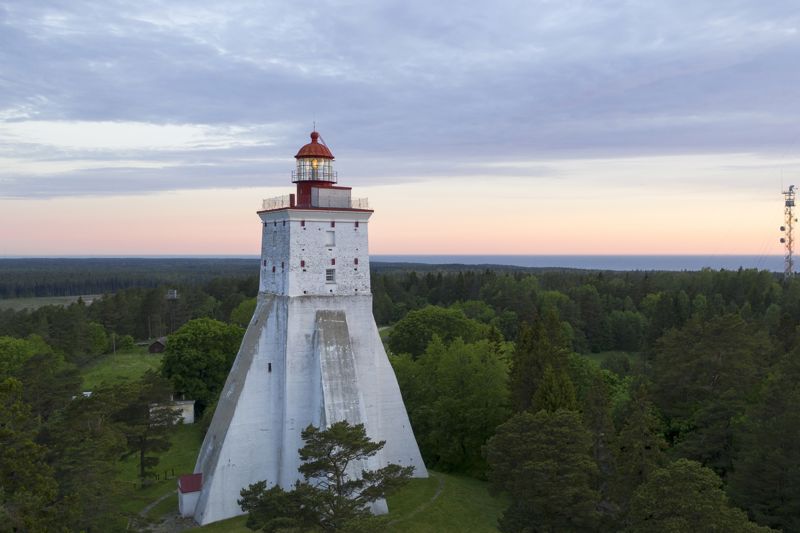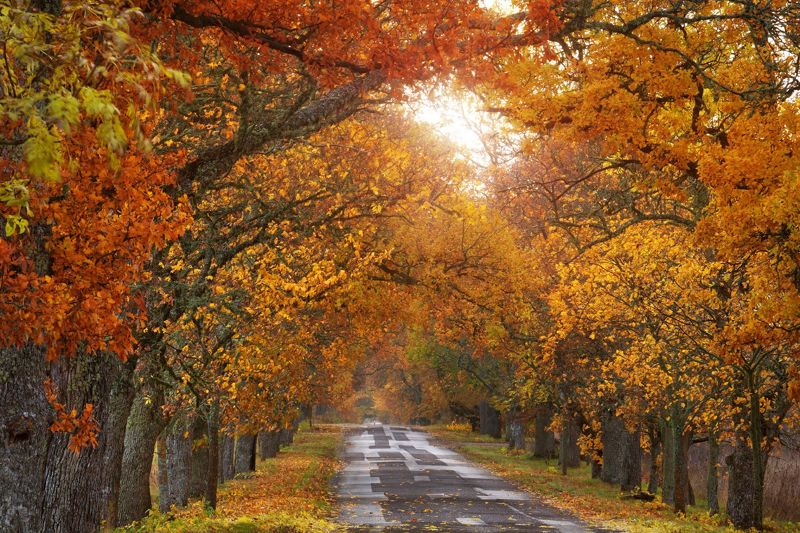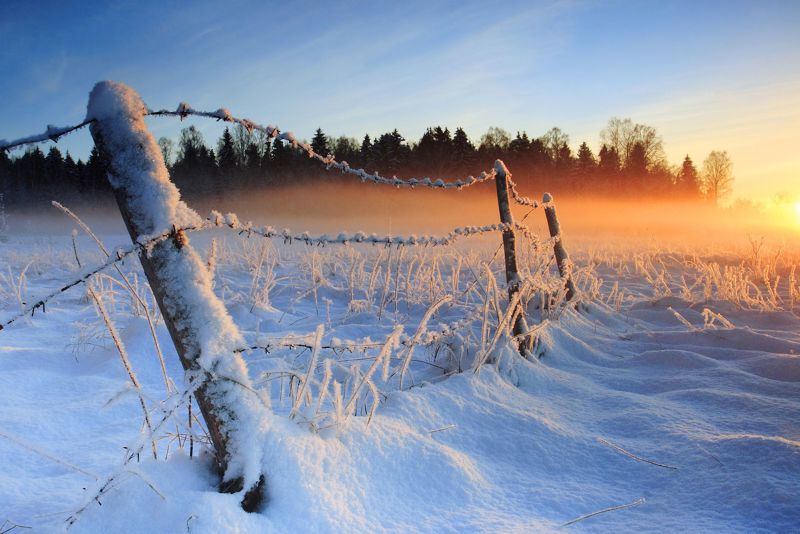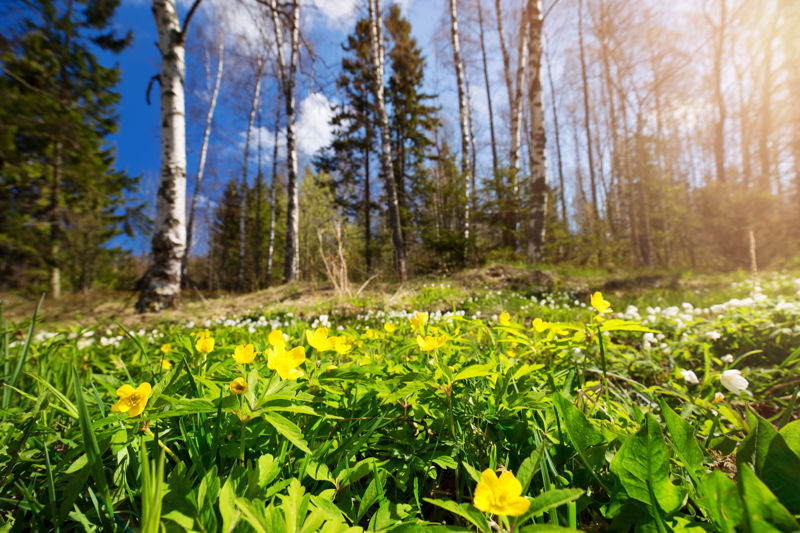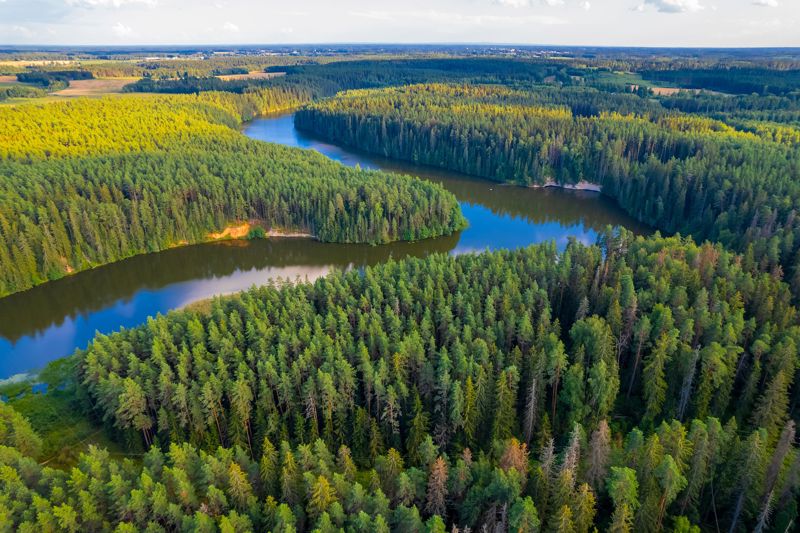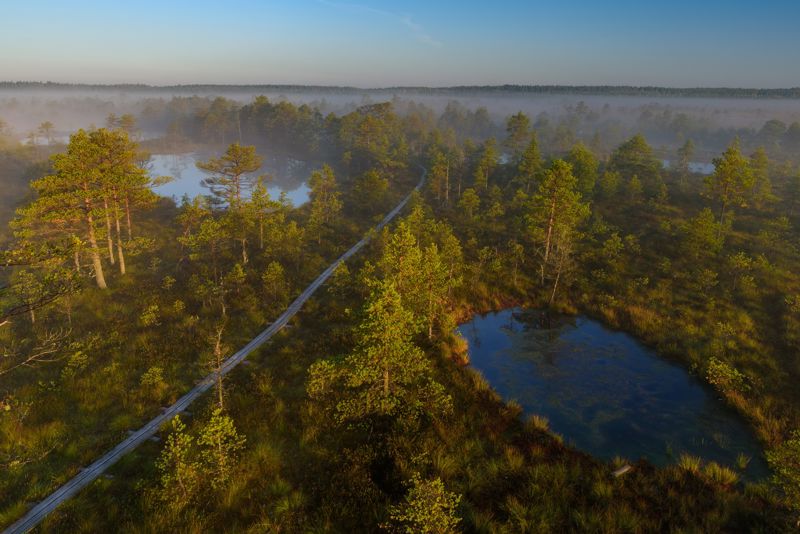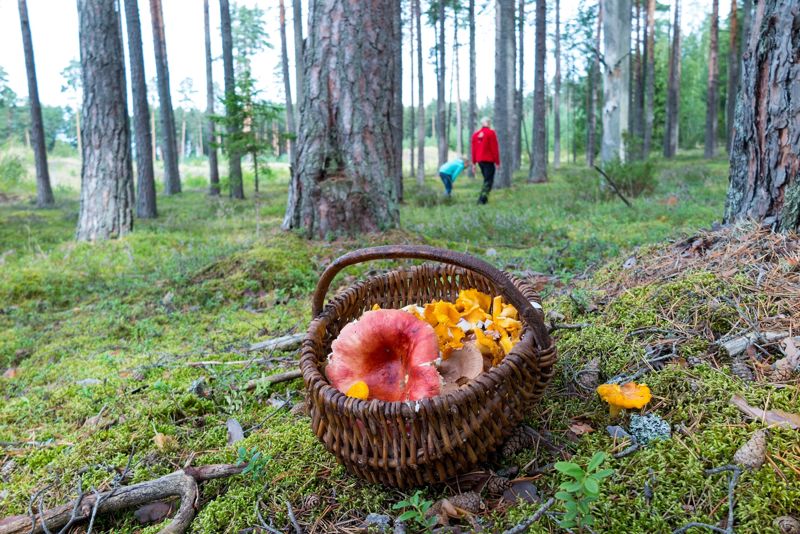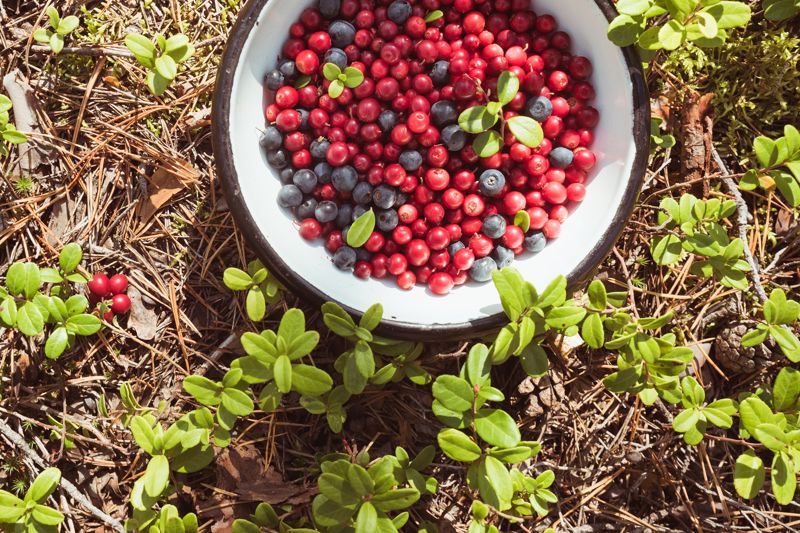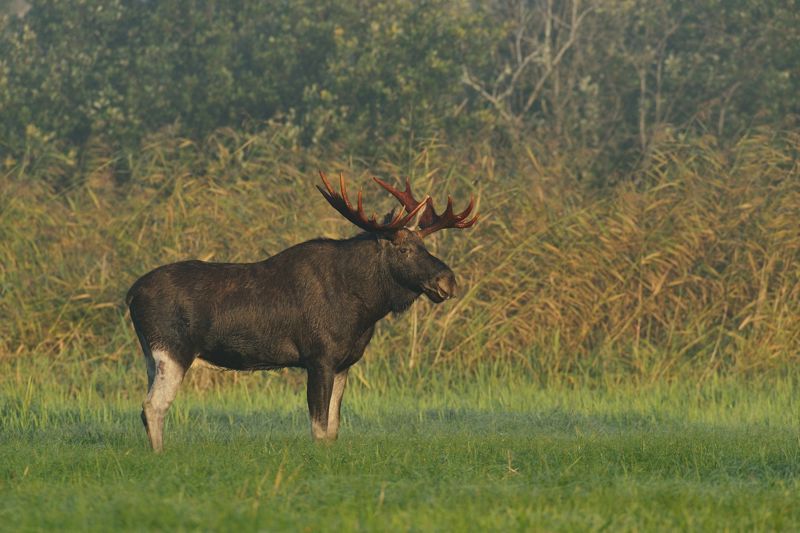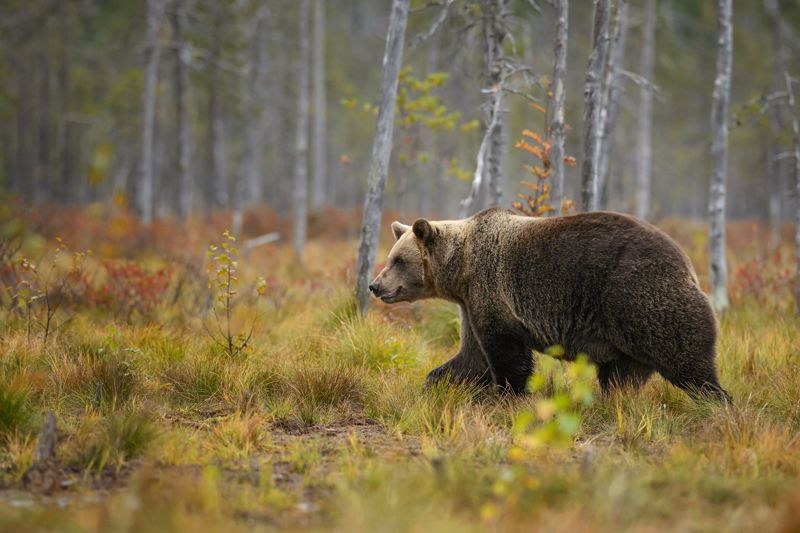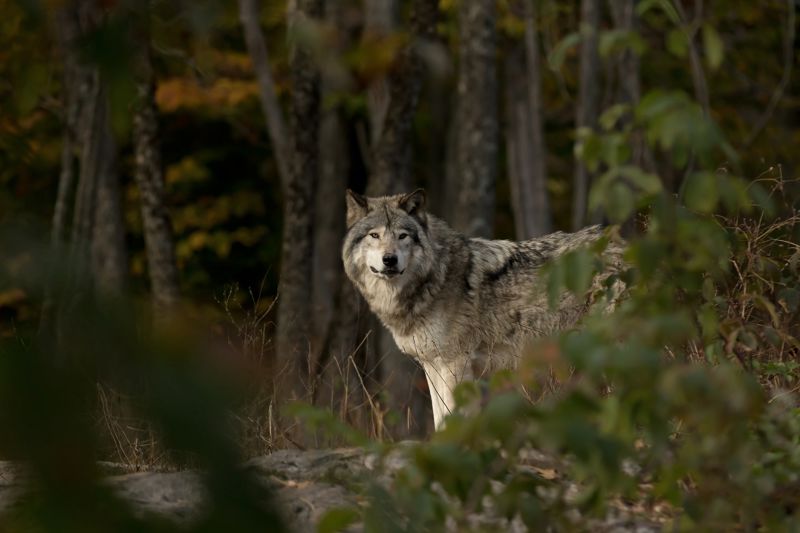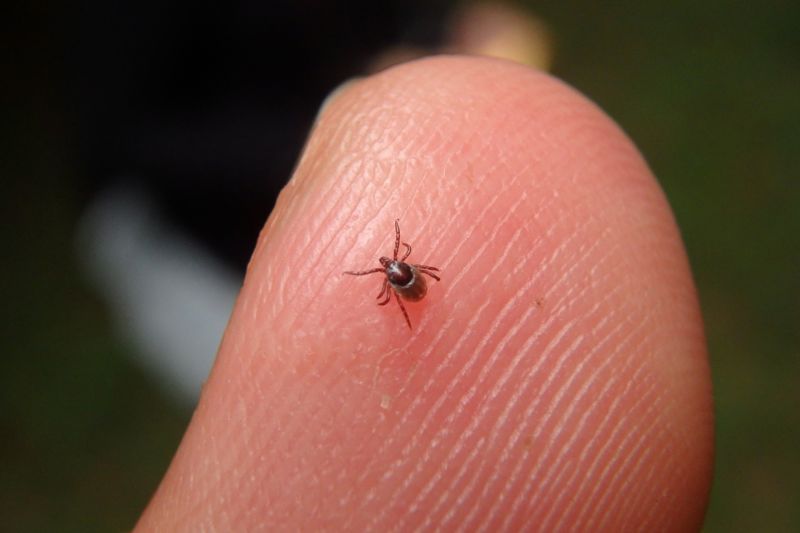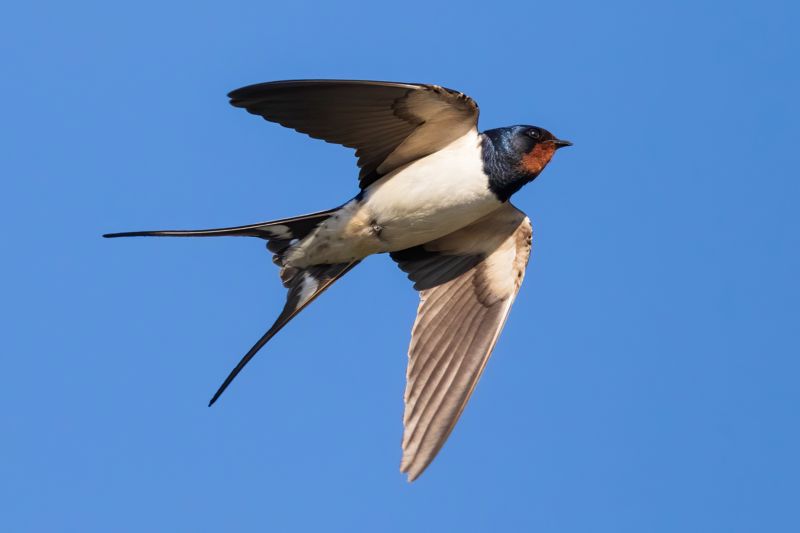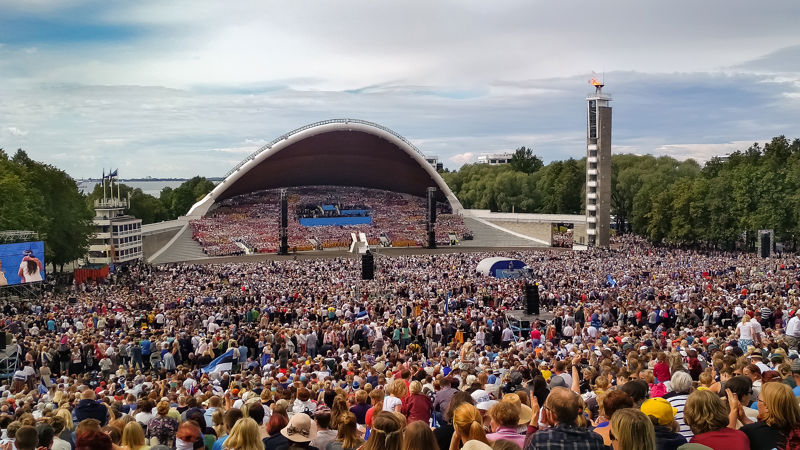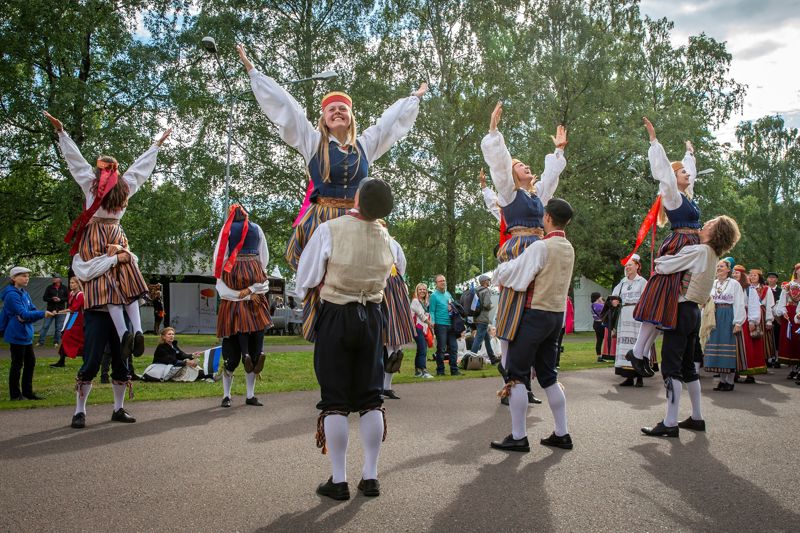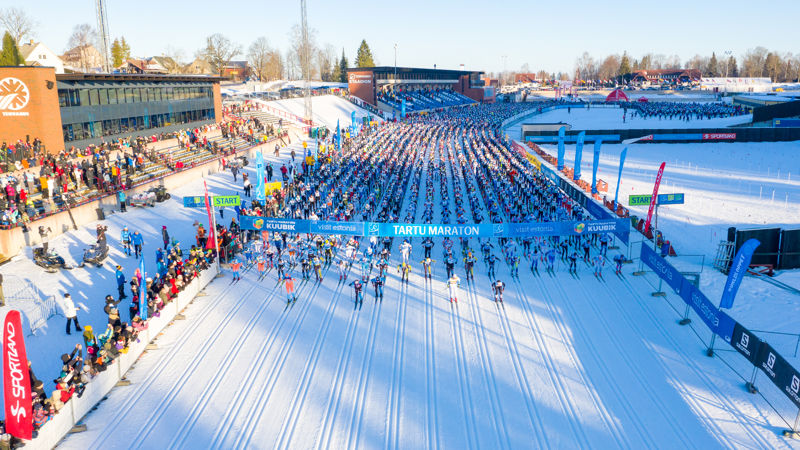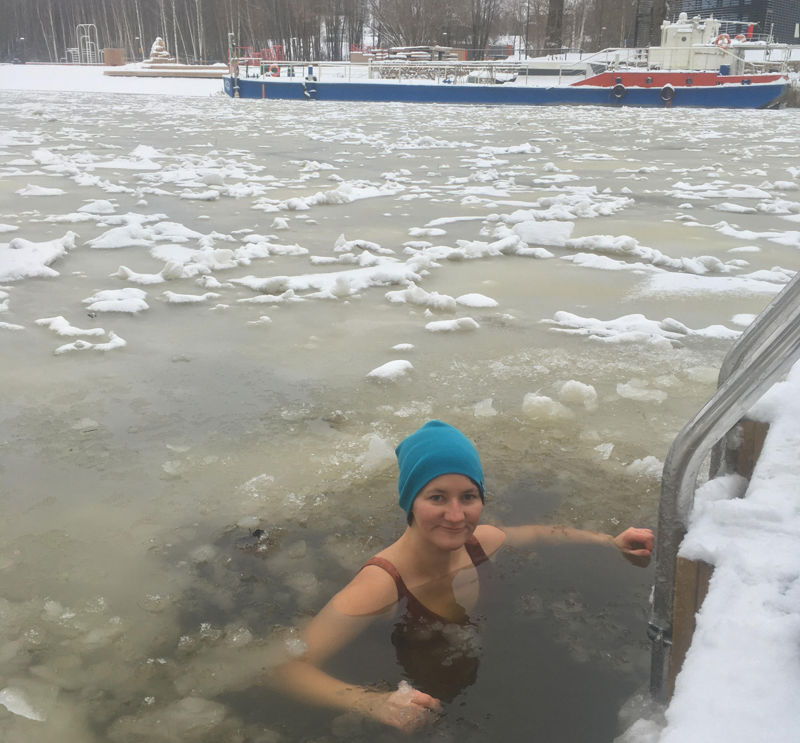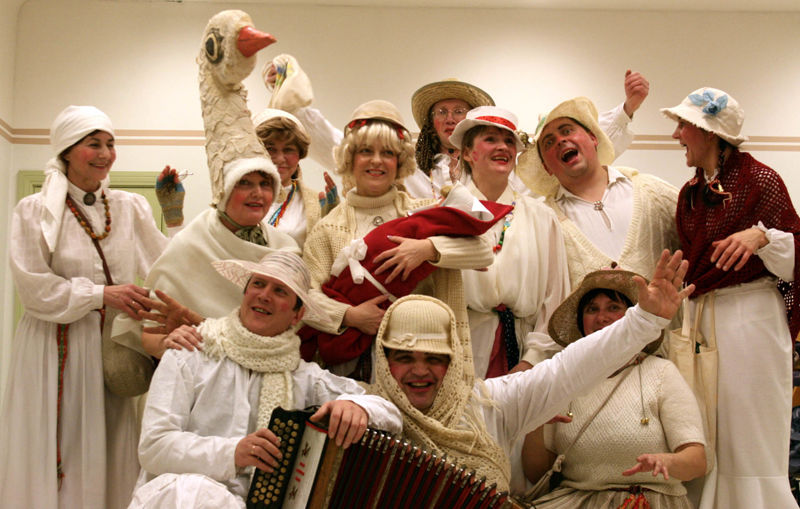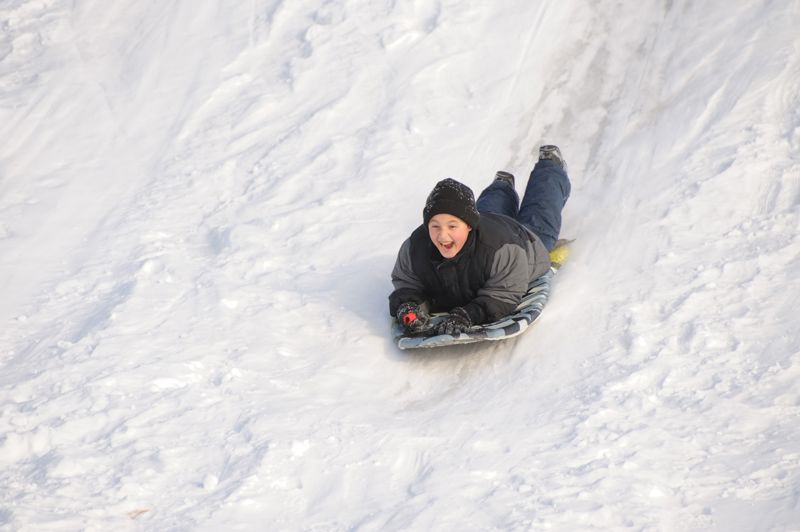Estonia in numbers
Estonia is a tiny country in North East Europe. Its area is approximately 45,228 sq km, which makes it about 13 times smaller than Kenya. About 1,3 million people live in the whole country of Estonia (even the population of Nairobi is more than 3 times larger than that). About 68% of the population is Estonians, 22% Russians and about 10% other nationalities (Ukrainians, Belarusians, Finns etc).
Estonia has four neighboring countries. A land border is shared with Latvia and Russia and a sea border with Finland and Sweden. Estonia belongs to the European Union and euros are used for currency.
Estonia is a very flat country. The highest point is Suur Munamägi (“Great Egg Mountain”) which is 317 m from the sea level.
The capital of Estonia is Tallinn. With about 400 000 people living there this is also the largest city in Estonia. Tallinn gained city rights on the year 1248, but people have lived in the area long before that. In Tallinn old town one can still see many houses that were built during the 13th-16th centuries.
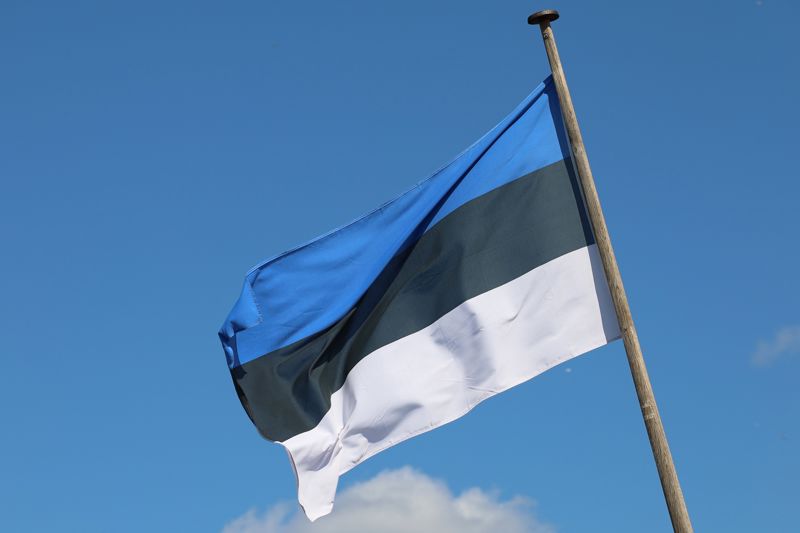
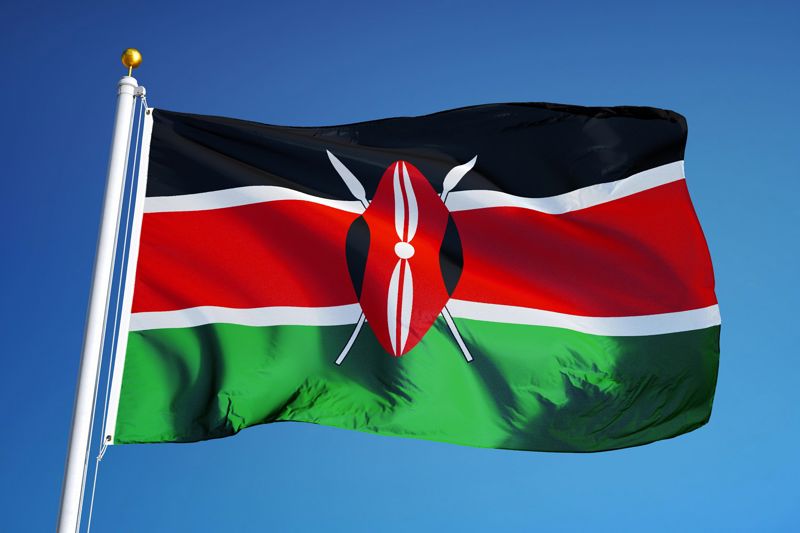
- Capital Tallinn
- Located in Europe
- Official language Estonian
- Capital Nairobi
- Area 45,228 sq km
- Official languages English and Swahili
- Highest point 5,199 m
- Population 53 million
- Population 1.3 million
- Highest point 317 m
- Area 582,646 sq km
- Located in Africa
Language
The official language spoken in Estonia is Estonian.
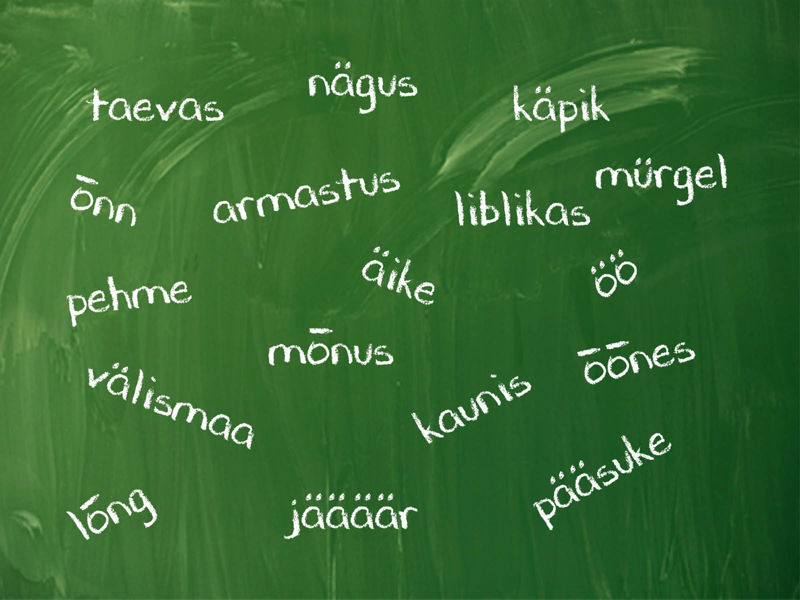
- Tere
- Minu nimi on ...
- Eesti
- Aitäh
- Palun
- Hello
- My name is ...
- Estonia
- Thank you
- You're welcome
Four seasons
Estonia is in the temperate climate zone and there are four seasons (summer, autumn, winter, spring).
- Summer is the warmest season and a time when the nature is green and flowers are blooming. A good summer weather is around 20 ℃, although there can be warm days when the temperature gets up to 30 ℃. Summer days are extremely long. In the middle of June it hardly gets dark at all. The sun rises at about 4 AM and sets at about 11 PM. July is the warmest month. Students have vacation from school from mid-June to the end of August.
- In autumn, the weather gets increasingly colder and days get shorter. The leaves of trees turn yellow and red and then drop. Many migratory birds leave, some bird species migrate as far as Africa. Students start a new school year on the 1st of September.
- Winter is the coldest time of the year with temperatures often under O ℃. On very cold days the temperature can drop under -20 ℃. Deciduous trees are bare for the whole winter, plants don’t grow and many animals are in hibernation. Winters are often snowy. Sometimes snow arrives at the end of October and doesn’t really leave until April. The days are very short and it’s often dark outside. Around Christmas the sun rises around 9 AM and sets at about 3:30 PM.
- During spring the days start getting longer again. Snow melts, temperature gradually starts to get warmer, plants sprout new leaves and start growing again. Migratory birds arrive back to Estonia, start building nests and laying eggs.
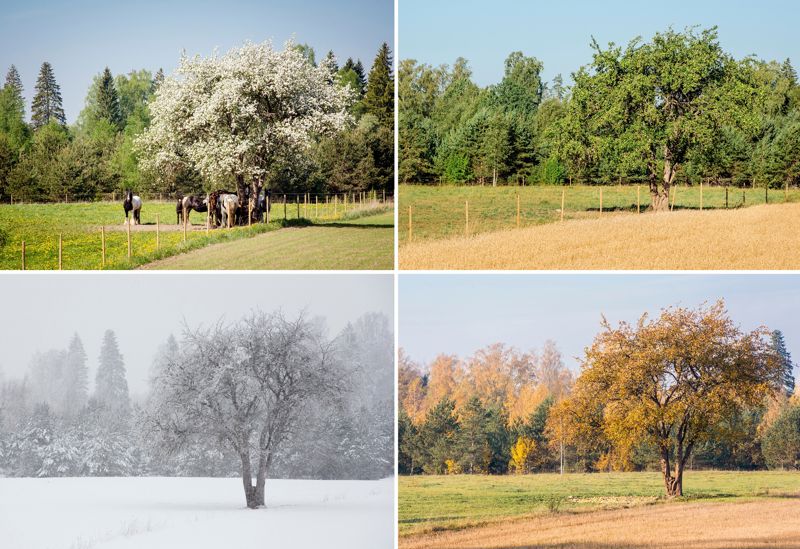
– very long sunny days, warmest part of the year
– days get increasingly longer, trees start to grow leaves again, migratory birds arrive
– days start to get shorter, leaves change colour, migratory birds leave
– very short days, minus degrees and snow
Wilderness
Estonia is a sparsely populated country and there's a lot of wilderness. About half of the country is covered by forest. Also there are many bogs. Spending time in the nature hiking, picking berries or mushrooms is popular and there are many hiking trails throughout the country.
In the Estonian forests you can meet wolves, moose, bears, roedeer, foxes, rabbits, lynx and wild boars. But the most dangerous animal in the Estonian nature is probably a tick, because they can carry diseases (encephalitis and Lyme borreliosis).
- A big part of Estonia is covered with savannah.
- A big part of Estonia is covered with forest.
- The largest animal in Estonia is the moose.
- The largest animal in Estonia is the bear.
- The most dangerous animal in Estonia is the barn swallow.
- The most dangerous animal in Estonia is the tick.
- Estonians go to the forest for hiking and picking berries.
- Estonians go to the forest on safari.
Culture and traditions
Estonians are a singing and dancing nation. Both singing in a choir and folk dancing are very popular activities. Estonian Dance and Song festival is held every five years in July. Tens of thousands of Estonians gather and form the biggest choir in the world in Song Festival and perform traditional dances in the Dance Festival.
Also, Estonians are a skiing nation. As soon as it starts snowing, people will find their skiis and go cross-country skiing.
Swimming is also extremely popular in Estonia. Almost everyone knows how to swim and many people will even swim in the winter.
There are many old traditions related to specific holidays in Estonia.
- On Midsummer night, the longest day of the year, people make a bonfire. There are many magical beliefs around midsummer night. Young girls used to pick flowers to see their future husband in a dream, people jumped over the bonfire to make a wish, also people went looking for fern flowers which were supposed to make you rich and able to understand the language of birds and animals.
- On the night before Kadripäev (Kadri's day, 25th of November) people dressed up as kadrisandid go from door to door. Nowadays it is usually children who do it. They sing, dance and bring good wishes to those who welcome them in exchange for candy and fruit.
- On Vastlapäev (Shrove Tuesday) people go sledging downhill. In the past there was a saying that the longer your sledge slided, the higher your flax plants grew that year. It is tradition to eat pea soup and sweet rolls with whipped cream on that day.
Sing a regilaul
One traditional type of song is called regilaul. In this song, there is one singer who sings a line and then the choir (the other singers) repeat it. There are many songs that are sung in this way.

E-Estonia
Learn more about e-Estonia on this link.
Estonia is the world's most digitally advanced society. There are more than 2500 digital services in Estonia. There are only 2 actions which don't have a digital solution: marriage and divorce. For those you can make an application online, but also have to turn up in person.
99% of Estonians have an ID-card.
94% use internet regularly.
Estonian Tech and IT-solutions
E-governance
Estonia is the only country in the world where 99% of public services are available online 24/7. Thanks to a safe, convenient, and flexible digital ecosystem, Estonia has reached an unprecedented level of transparency in governance. This has built broad trust in its digital society.
E-identity
All Estonians, no matter where they live, have a government-issued digital identity. eID and its ecosystem are part of citizens’ daily transactions in the public and private sectors. Everyone can safely identify themselves, digitally sign documents and use e-services with their ID-card, mobile-ID or Smart-ID. To name a few things: paying bills, voting online, signing contracts, shopping, checking medical records, buying real estate etc.
Education and research
The e-education revolution in Estonia effectively uses modern digital technology in learning and teaching, improving the digital skills of the entire nation. Numerous smart solutions are used across all levels of the education system: databases, digital textbooks, e-learning materials, digital class diary, assessments, and various applications and programs. Schools use specially designed apps to enable collaboration between parents, teachers, and students. Opiq is a good example of e-education.

Have you heard of these Estonian startups?
- Bolt
- Skype
- Playtech
- (Transfer)Wise
- Pipedrive
All of these were possible because of e-Estonia.
More e-services
Estonian e-solutions also cover the following topics:
- healthcare
- smart city and mobility
- ease of doing business
- cyber security
- industry digitalisation
- ...
- 98% of companies are established online.
- 98% of tax declarations are filled online.
- It takes 3 hours max to start a company in Estonia.
- Fill tax declaration
- Start a company
- Vote
- Pay bills
- Sign documents
- Get married
- Buy real estate
- Do school homework
- Book a doctor's appointment
